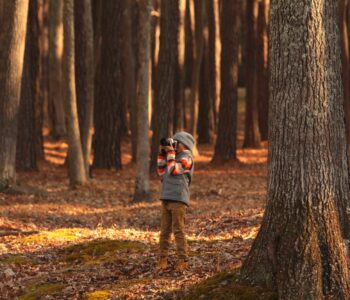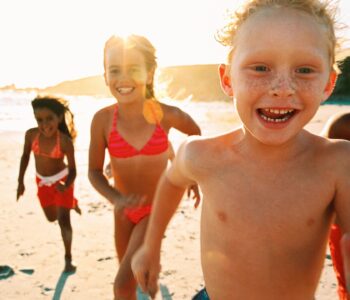 Destinations
Destinations
A Day on Block Island
Block Island, Rhode Island is surely one of America’s Last Great Places. After spending the day there hiking, walking, swimming, playing in the waves, and more, I am thrilled it is being preserved for its natural beauty and picturesque views.
According to the Nature Conservancy, “it was formed by glaciers nearly 10,000 years ago and features a diverse array of habitats. Maritime shrubland, beaches, and open morainal grasslands support more than 40 state and federal rare or endangered species, including the globally endangered American burying beetle. Birds stop here while migrating in the spring and fall along the Atlantic Flyway. In addition to the plants and animals, the human community is dedicated to conserving open space to preserve their natural and cultural heritage.”
We loved it for all of those reasons, but mostly because, for such a small island, there are many ways to connect to nature. In another post I will detail some of the many nature-related activities families can enjoy when visiting.





